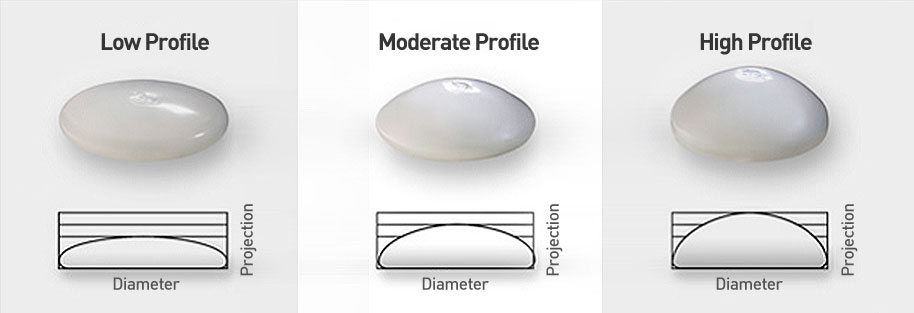Please note we will be adding more to our FAQ page, if you have a question that would you would like to see answered here, please contact us.
Breast Augmentation
CUP SIZE AND CC’s
For the vast majority of patients, approximately 125-150 cc’s equals a cup size difference in bra size. However, there are patient variables that can affect this rough estimate. A person that has a wide chest wall may need a substantial increase in breast implant volume to achieve an increase in cup size. So when a patient comes in and says that her friend has 400cc implants and she wants to be the same implant size, that patient has to understand that her cup size may not be the same as her friends depending on the shape of her chest, existing breast tissue, and the width of the chest. Also, never forget that the way you are measured for a bra will also play into the cup size that you wear. Remember that a 34C is the same as a 36B and the only thing that changed was the measurement around the chest that was taken. To best help patients assess the implant size that would be best for them, we recommend performing a sizing in front of a mirror to provide you with a better idea of what various implants will look like for your body shape and size. We will of course provide you our expert opinion on the right size for you, but the decision of an implant is a team effort between patient and surgeon.

IMPLANT SIZING
Implants vary in size from 200cc implants up to 800cc. Aside from this, there is the selection of a “profile”. Implant profile is an aspect of the implant that can be changed to achieve a larger volume in patients that have narrow chests. Higher profile implants have smaller diameters that allow a surgeon to achieve a larger breast volume for the patient without having an implant that is too wide for the chest and potentially spilling over into the armpit region.

SILICONE VS SALINE IMPLANTS
Very often patients ask which implants are “safer”. The reality is that both modern day silicone and saline implants are safe options for augmentation of the breast. One of the advantages of saline implants is the ability to use smaller incisions for placement as the implant is placed in a deflated state and inflated with salt water once it is in position. Also, in the event of a leak saline implants leak into the surrounding tissues and the salt water is absorbed by the body. Silicone implants, however, have less issues with wrinkling and palpability (ability to feel the implant) when compared to saline implants. Also, silicone implants tend to feel a bit more natural and spongy like natural breast tissue. According to data released by one of the major implant companies (Mentor Worldwide), approximately 60% of implants used by surgeons for breast augmentation in the US are gel filled implants.

